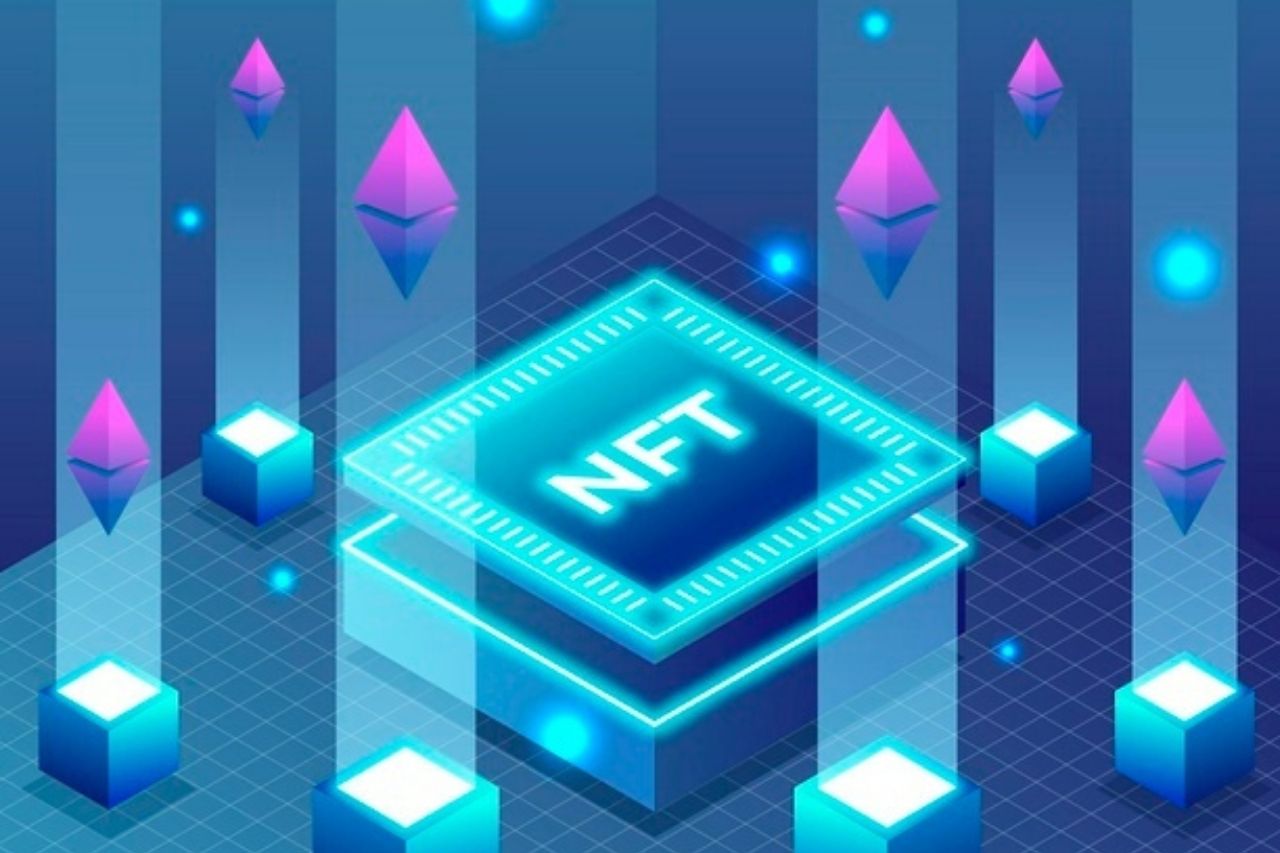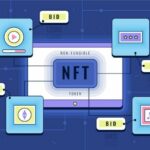A Brief History of Non-Fungible Tokens (NFTs)
Presently where did this mechanical phenomenon come from? The historical backdrop of NFTs and the one who initially made one, Kevin McCoy, started on May third, 2014. He minted his non-fungible token “Quantum,” way before the crypto craftsmanship market detonated.
Quantum is a pixelated picture of an octagon loaded up with meaning circles, curves, or different shapes that share a similar focus, with bigger shapes encompassing more modest ones and mesmerizingly beating in fluorescent tints. Starting today, the exceptional “Quantum” workmanship piece (2014-2021) is on special for 7,000,000 dollars.
McCoy is excellent. He and his significant other Jennifer have laid down a good foundation for themselves over numerous years as top-notch digital craftsmen. “The NFT phenomenon is profoundly a piece of the craftsmanship world,” says McCoy. “It rose up out of the long history of craftsmen drawing in with inventive technology.” Their work has generally been purchased by excited craftsmanship gatherers, nonetheless — instead of going into public offering wars, McCoy likes to sell at an exhibition or one on one. Their work “Each Shot, Every Episode” is in plain view today and can be seen at the Metropolitan Museum of Art.
The CryptoArt classification was started by social phenomena like CryptoPunks, Rare Pepe, and CryptoKitties. These bits of ‘craftsmanship’ acquired reputation because of the viral organization impacts and want to pay huge amounts of cash to obtain these pieces.
Also Read:
2012-2013: Colored Coins
This excursion is a tedious account with many individuals, specialists, and tasks involved, so we should make a plunge.
The possibility of NFTs rose up out of what is known as a “shaded coin”, at first given on the Bitcoin blockchain in 2012-2013. Hued coins are tokens that address genuine resources on the blockchain and can be utilized to demonstrate responsibility for resources, from valuable metals to vehicles to land, even values, and securities. Albeit not as complex, this unique thought was to utilize the Bitcoin blockchain for resources like digital collectibles, coupons, property, organization shares, and that’s only the tip of the iceberg. They were portrayed as new technology and gave crude opportunities for future possibilities of usage.
2014: Counterparty
In 2014 Robert Dermody, Adam Krellenstein, and Evan Wagner established Counterparty, a shared monetary stage and appropriated, open-source web convention based on the Bitcoin blockchain. Counterparty permitted resource creation and had a decentralized trade, in this way giving away to clients to make their own tradable monetary standards. It had various thoughts and openings, including image exchanging without fake issues.
2015: Spells of Genesis on Counterparty
In April 2015 Counterparty collaborated up with the group makers of Spells of Genesis. The Spells of Genesis game makers were not just pioneers for giving in-game resources onto a blockchain technology by means of Counterparty, yet they were additionally among the first to dispatch an ICO. The makers helped store the development of Counterparty by presenting their own in-game cash called BitCrystals.
2016: Trading Cards on Counterparty
In August 2016 recent fads started to arise. Counterparty collaborated with Force of Will, a famous exchanging game, and dispatched their cards on the Counterparty stage. Behind Pokemon, Yu-Gi-Oh, and Magic, Force of Will was the fourth positioned game in North America as indicated by deals volume. Their passageway into the environment, where they had no earlier blockchain or cryptocurrency experience previously, flagged the benefit of putting such resources on a blockchain.
Also Read:
2016: Rare Pepes on Counterparty
In 2016, images entered the blockchain. In October of 2016, images began to advance onto the Counterparty stage. Individuals began to add resources for a specific image called “Uncommon Pepes.” Rare Pepes are an image highlighting an intriguing frog character that has procured a serious fanbase throughout the long term. Which headed out to be a comic person named Pepe the Frog, has now consistently become a web sensation as one of the most well-known images.
By mid-2017, with Ethereum acquiring noticeable quality, Rare Pepes began to be exchanged there too. Part’s Founder, Jason Rosenstein, alongside Louis Parker, ran the first live Rare Pepe closeout which was held at the inaugural Rare Digital Art Festival. CryptoArt was brought into the world with the Rare Pepe Wallet and it was the initial time makers all throughout the planet could submit and sell their own work of art. It was additionally whenever digital workmanship first could have inherent worth.
2017: Cryptopunks
As Rare Pepes exchanging got, John Watkinson and Matt Hall, the makers of Larva Labs, made novel characters created on the Ethereum blockchain. No two characters would be something very similar and they would be restricted to 10,000. The task name, Cryptopunks, was referred to an investigation with Bitcoin during the 1990s and can be portrayed as an ERC721 and ERC20 mixture.
Source: https://appinventiv.com/blog/guide-to-nft-and-its-uses/


